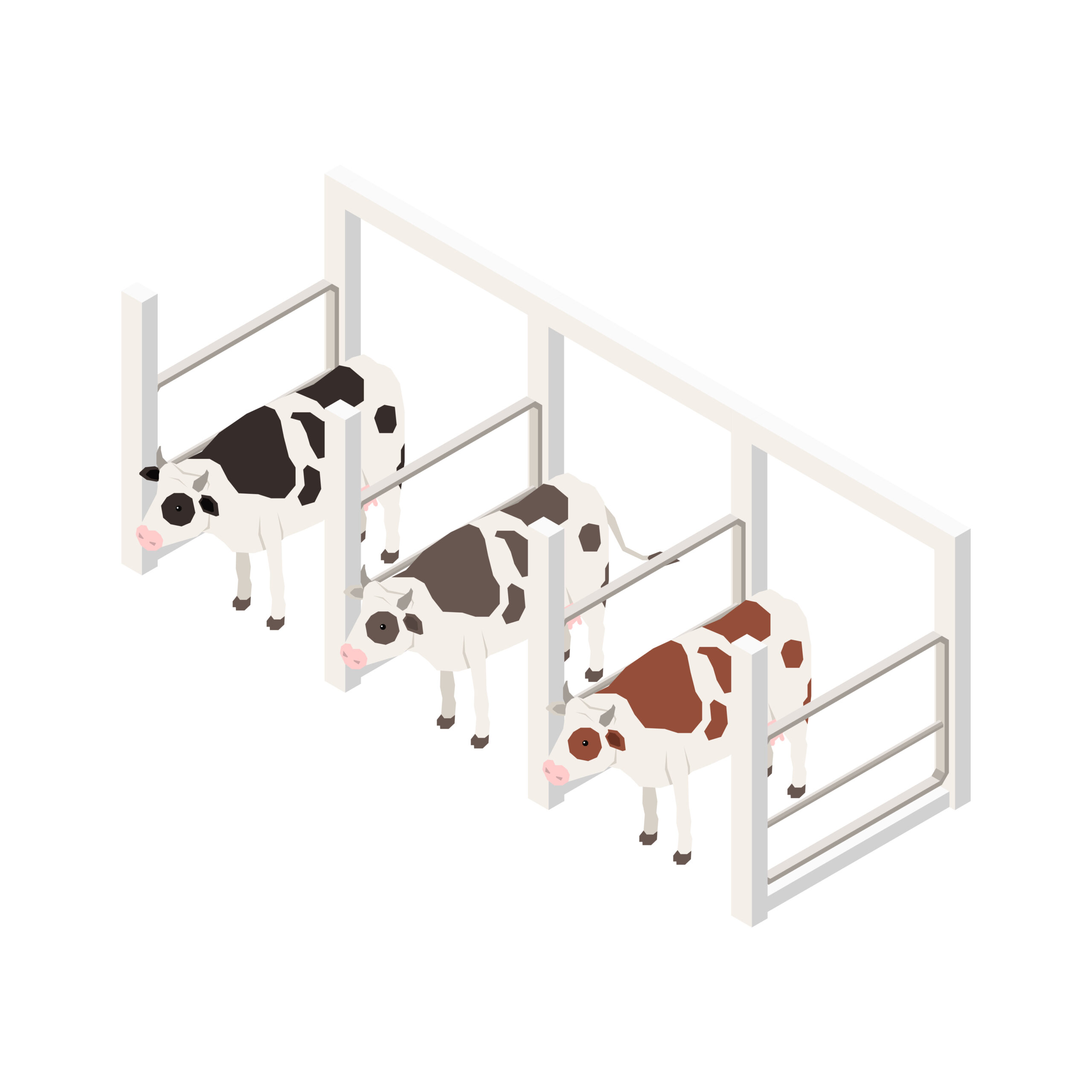When it comes to securing livestock or creating durable enclosures, few materials are as reliable as cattle panels. Built from galvanized steel and designed for long-lasting strength, cattle panels offer flexibility, affordability, and easy installation for farms and homesteads of all sizes. Whether you’re fencing in cattle, goats, horses, or garden areas, knowing how to properly install your panels ensures a strong, safe barrier that lasts for years.
At Huber’s Animal Health, we offer quality materials and expert advice to help you build smarter, not harder. Follow this simple guide to construct a sturdy, long-lasting fence using cattle panels.
Step 1: Gather Your Materials
Before you start, make sure you have all the necessary tools and supplies:
- Cattle panels: Standard panels are 16 feet long and 50 inches tall, made of heavy-duty steel.
- Fence posts: Use treated wood or steel T-posts for stability.
- Wire or panel clamps: For attaching the panels to posts.
- Post driver or auger: To install posts securely.
- Measuring tape and level: For alignment and accuracy.
Step 2: Plan Your Fence Layout
Start by measuring your fencing area. Sketch a simple layout on paper, marking corners, gates, and entry points. This helps determine how many cattle panels and posts you’ll need.
- Place fence posts every 8 feet to ensure the panels remain stable.
- If you plan to install a gate, leave a clear 10- to 12-foot opening.
A well-planned layout not only saves time but also ensures your fence aligns perfectly on uneven terrain.
Step 3: Set the Fence Posts
Drive your corner posts deep—at least 2 feet into the ground—to anchor the structure. Use a level to ensure each post is straight. For long fences, stretch a string line between corner posts to guide placement and maintain straight alignment.
In areas with soft soil, consider using concrete for extra post support.
Step 4: Attach the Cattle Panels
Once your posts are secure:
- Position each cattle panel between two posts.
- Attach panels using wire ties or panel clamps at both the top and bottom.
- Overlap panels slightly or connect them end-to-end for seamless coverage.
If you’re enclosing livestock, ensure there are no gaps at ground level—animals often test fences by nudging or pushing.
Step 5: Add Finishing Touches
Inspect the entire fence for stability. Tighten any loose wires and reinforce corners where pressure may build. If desired, add a top rail or electric line for added protection against larger animals.
Benefits of Using Cattle Panels
- Durability: Galvanized steel resists rust and weather damage.
- Versatility: Perfect for livestock, gardens, or temporary pens.
- Low Maintenance: Requires minimal upkeep once installed.
Final Thoughts
Building a strong, reliable fence with cattle panels is easier than most people think. With the right materials, a solid plan, and careful installation, you can create a professional-grade barrier that lasts for years.
For top-quality fencing supplies, livestock care products, and expert guidance, visit Huber’s Animal Health. Whether you’re setting up your first enclosure or expanding your farm, we have everything you need to keep your animals safe and secure.
